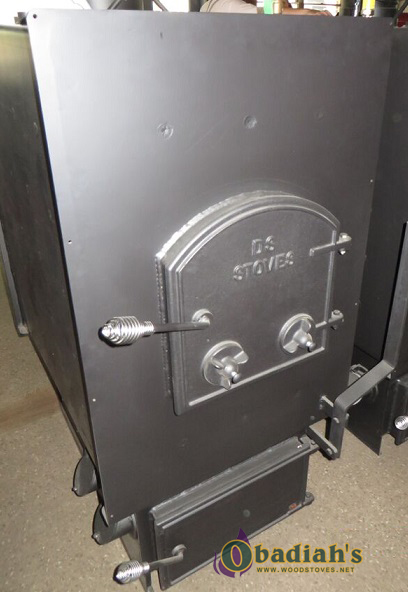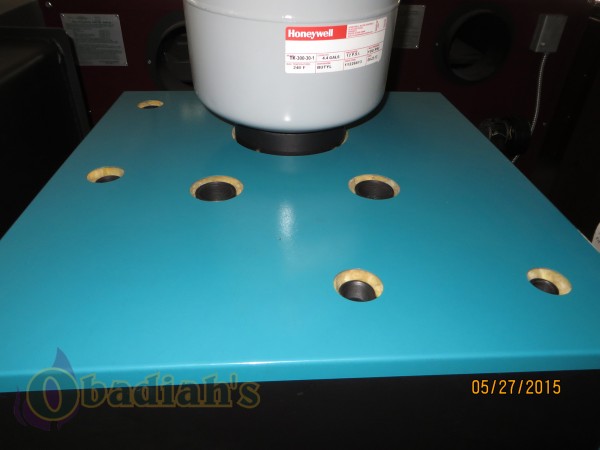
The major advantage of the high-pressure process compared to the atmospheric pressure process is an increase in gas solubility in water with increasing pressure, which means lower scrubbing water consumption. Even this solution requires a large amount of water, hence a single wash process is virtually impossible. The leaching process in the scrubbing water is generally carried out with regeneration of the scrubbing water. Following the drying stage, the CH 4 content of the resulting gas stream can reach 98% and methane recovery can be up to 94%. In the stripper column, the scrubbing water is regenerated and CO 2 and H 2S are driven off with air. Trace amounts of CH 4 are recovered in the degassing tank under reduced pressure.

A column with filling is applied to provide a large gas-liquid mass exchange area. Biogas is fed into the scrubbing water at high pressure, about 10 bar, which increases its solubility in water that is sprayed from the top of the column flowing downwards in countercurrent to the gas. In the physical method using the absorption technique, the most frequently example is scrubbing water, and the differences in solubility of CO 2 and CH 4 in polar solvents are applied. The use of biogas requires its appropriate preparation depending on the intended use and initial composition (main components and impurities). The production of agricultural biogas diversifies electricity and heat sources in the context of requirements for combined heat and power (CHP) systems with respect to hydrogen sulphide (H 2S). The biogas production is growing significantly and more and more biogas plants are constructed, most notably agricultural ones in Poland, thus the significance of this fuel in the country’s energy balance is increasing. The main raw materials in the fermentation process are waste and wastewater from livestock farms, sewage sludge from municipal sewage treatment plants and the food industry, organic waste disposed of in landfills, as well as energy crops, primarily maize, grown for their use as a substrate in the so-called NaWaRo biogas plants ( Nachwachsende Rohstoffe) and waste from agricultural production, including but not limited to pig slurry. The measurement results show a clear influence of desulphurization using the proprietary adsorption-absorption technique-agricultural biogas.īiological gas is produced by the methane fermentation of biodegradable substances. A novelty is the use of a developed carbon mixture (activated carbon) with turf ore (iron compounds), which allows for 100% desulfurization of raw agricultural biogas under process conditions for mesophilic fermentation. The article presents the preliminary results of experimental studies on the course of changes in the volumetric composition of biogas on the basis of the average daily production of agricultural biogas.The amount of H 2S in raw and purified biogas was analyzed with the proprietary biogas desulphurization method in terms of the process parameters. On the example of a pilot agricultural biogas with the use of pig slurry, the required technical and technological criteria for the production and processing of agricultural biogas were indicated.


Presented is the current state of technological and measurement systems as well as raw biogas purification methods in terms of control and measurement-socio-economic aspects were also pointed out. The article reviews selected methods and techniques of agricultural biogas desulphurization.


 0 kommentar(er)
0 kommentar(er)
